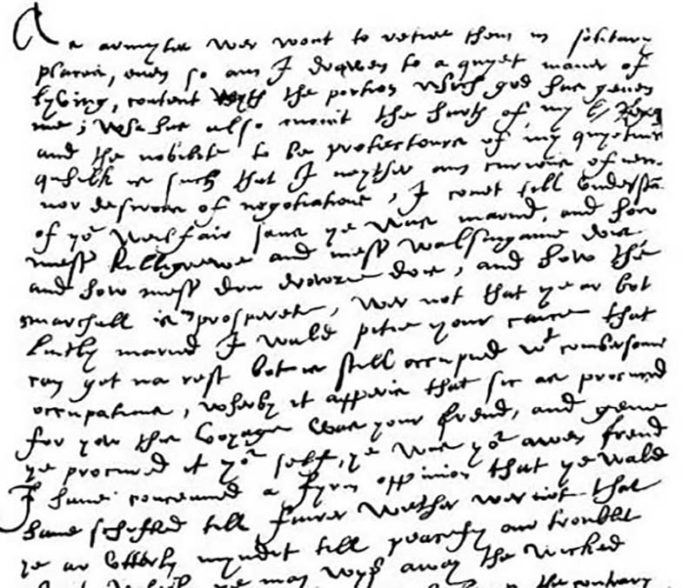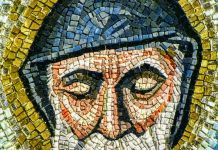Diplomat, councillor and possible spy Sir James Melville was a fascinating Tudor
Words: Melita Thomas
Sir James Melville came from a Protestant family in Fife, Scotland. His father was executed for treason – for revealing the dispositions of Scottish troops to England – when James was about 13. Despite this, James grew up to be closely linked with Mary, Queen of Scots, and then, after her overthrow, with the regency of the Earl of Moray. His memoirs are a great source of information about the Queen, and the French and English courts.
James’ career began at 14 when, Marie of Guise, Queen Dowager of Scotland, sent him to France. He travelled via Ireland where he had his first taste of diplomacy rejecting the amorous advances of the daughter of the clan chief his party was visiting. He told the lady he was flattered, but too young and poor to think of marriage.
James remained in France for 10 years, in the retinues, first, of the Bishop of Valence, then that of the Constable of France. He observed at first-hand the strange menage-a-trois kept by Henri II, his wife, Catherine de Medici, and his much older mistress, Diane de Poitiers, who had to chivvy the king into doing his marital duty by Catherine.
James fought for the French at the Battle of St Quentin in 1558, and attended the peace negotiations at Cateau-Cambresis, finally concluding the 60-year-long Italian Wars. He spent the next five years travelling in Europe, largely on behalf of the Elector Palatine, Frederick III.
Around 1564, James entered the service of Mary, Queen of Scots, and received much favour from her, although he claims frequently to have given her unpalatable advice. He undertook several embassies to England, where he built a rapport with Queen Elizabeth – even to the extent of teasing her a little. On the eternal marriage question Elizabeth faced, he daringly commented:
‘Madam…I know your stately stomach. You think if you were married, you would be but Queen of England. Now you are King and Queen both. You may not suffer a commander.’
James’ part in the events around the death of Mary’s husband, Lord Darnley, and the Queen’s subsequent deposition, are hard to pin down. With many of the people involved in diplomacy on either side of the border taking fees from both governments and sharing information, it is hard to tell who was honest, and who spying. James had many friends at the English court, including those whose instructions from Elizabeth and her chief minister, Cecil, were to undermine Catholic Mary, and encourage the rebellion of her Protestant lords. It is certainly possible that Protestant James, who disliked the Earl of Bothwell intensely, secretly supported the lords who aimed to oust Mary, once it was apparent she intended to marry Bothwell.
With Mary deposed, James joined James VI’s Regency government under Mary’s half-brother, the Protestant Lord Moray, until Moray’s assassination, and then under subsequent regents, Lennox (also assassinated) and Mar. He did not like the fourth regent, Morton, who also came to a sticky end, beheaded for his role in Darnley’s murder.
Once James VI took up personal government, James returned to political life, with a seat on the Privy Council. Following King James’ marriage to Anne of Denmark, James became one of her councillors, but does not appear to have been close to the Queen. In 1593 he was involved in the trial for witchcraft of Francis, Earl of Bothwell, presided over by James VI himself.
In 1603, when James VI inherited the crown of England, James declined to travel south, retiring instead to his estate at Halhill, Fife which he had inherited from his adoptive father, Henry Balnaves, a leading light of the early Scottish Reformation.
James was probably married to Christian Boswell, although he may have had another wife, a sister of the English Ambassador, Henry Killligrew (Sir William Cecil’s brother-in-law). He had at least two sons and two daughters.
He was buried in Collessie in Fife where his tomb may still be seen.






 © 2024
© 2024